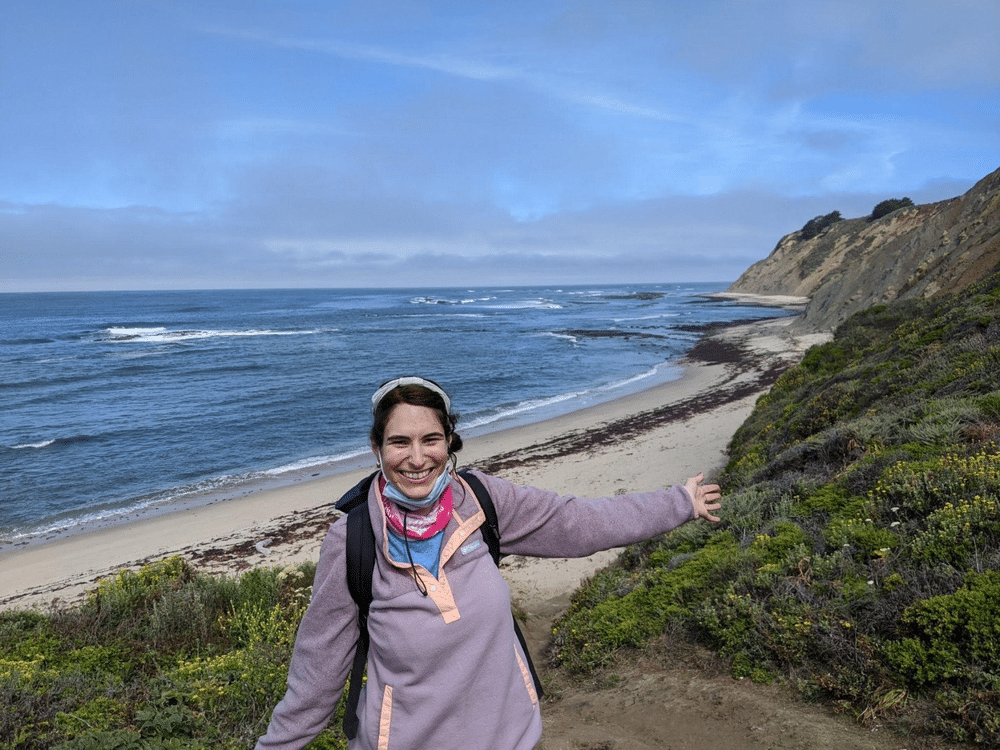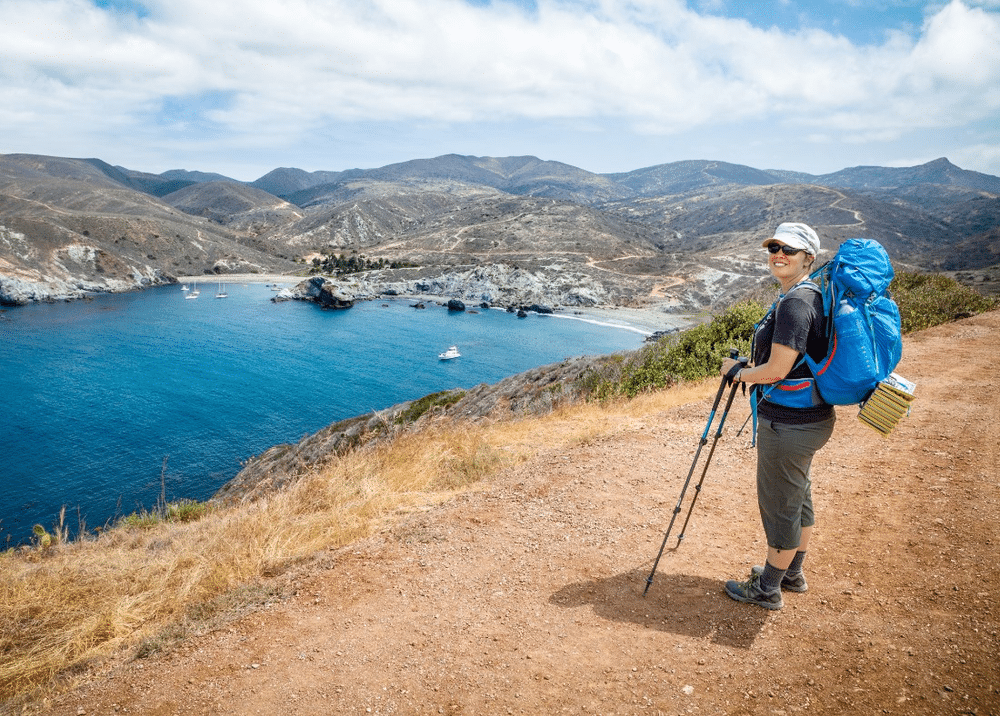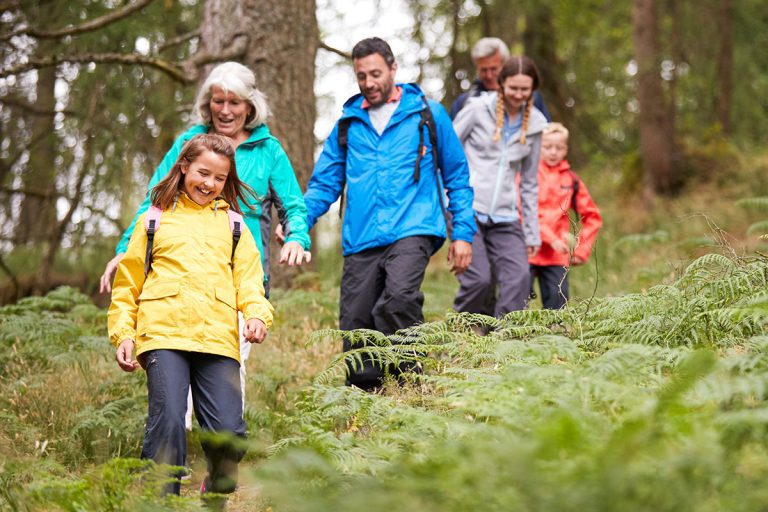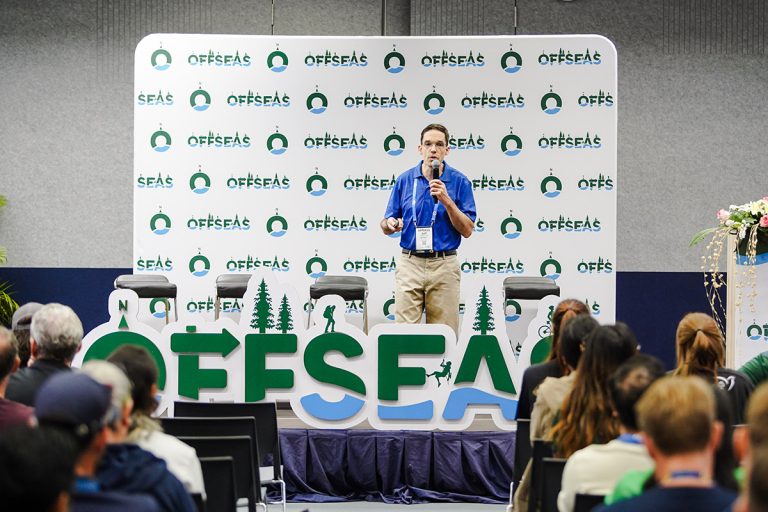by Liz Lunderman, Viristar Outreach & Operations Manager
Not everyone thinks of risk management theory when they are riffling through their organization’s protocols, building outdoor program or summer camp curriculum, and designing staff training. When we sat down with Eliz Adem, a recent participant on Viristar’s Risk Management for Outdoor Programs course, she noted that an academic look into risk management theory was exactly what she needed to advance her outdoor program.
Eliz Adem, the Director of Program Design (and previous Camp Director) for Girl Scouts of Northern California (GSNC), took the 40-hour course in July.
The Risk Management for Outdoor Programs course, which takes place over 4 weeks, provides comprehensive training in best practices for safety management with experiential, adventure, expedition-based and other outdoor learning and recreation organizations.
The course covers theories of risk management and incident prevention, outdoor safety standards, legal considerations, emergency response, risk transfer, risk management plan development, and much more.
Eliz is an advocate for outdoor programming, knowing very well how girls can benefit from outdoor experiences. Girl Scouts’ mission is to build girls of courage, confidence and character to make the world a better place, and Adem feels strongly that Girl Scout outdoor programming does exactly that.
The training Adem received through Viristar’s Risk Management for Outdoor Programs course provided her the expertise to bring the risk management of Girl Scouts’ outdoor programs to the next level.
Adem spoke about her experience with the course.

Why did you choose to take a risk management course?
The course presented an opportunity to learn about the topic in an objective way. The course itself is formal, in an academic sense, instead of going solely off of past experience. It was a good opportunity to meet other organizations doing similar work and assess their risk management style. The collaborative environment plus everyone’s lived experiences with risk management added to the academic structure.
Before this course, there were small, accumulative incidents at GSNC. As a Camp Director one of my responsibilities every year is reviewing the emergency procedures. I was unsure of how to edit and update. I felt like I was going through the process blindly.
If I had this information earlier, I would have had specific questions answered and created a procedure that aligned with developing something strong and appropriate for the programs. I highly recommend going through this course while reviewing your risk management structure/procedure.
One element that resonated with me was the hiring process that plays a larger part with risk. From learning more in the course, we will be implementing more pointed questions around training, and experience when hiring new staff. The discussion around hiring and risk in programs got us thinking ‘How were the applicants’ critical thinking skills and experience with real life risk management? Do they have an idea about risk theory?’

What part was valuable to you and your work?
The most valuable for me was the facilitation and opportunity to engage with different outdoor experiential organizations. Jeff [the facilitator] was very respectful when it came to looking at risk theory and how it applies to different organizations. It felt like a give and take.
This was the first time that I was in a group of outdoor organizations where I didn’t have to prove that I knew what I was talking about when it comes to risk. We all came together to critically, openly and effectively look at our risk management plans. Where were their weaknesses? Did certain risk domains actually need to be a smaller part in our risk management? A larger part? This was a space where you can honestly look at where you needed improvement.
Organizations from all over the world made it a more rich experience. I could discuss and learn different techniques outside of the ones I knew from Northern California. The fresh ideas of managing risk allowed us to think on a higher level.
Girl Scouts can be rigid when it comes to risk management, so having organizations question what Girl Scouts and ACA [American Camping Association] were doing shook up the process and allowed me to think about risk theory.
How are you implementing what you learned from the course into your work at Girl Scouts?
Like other organizations, we are in the middle of a reorganization since the pandemic. Currently, I develop internal staff training and programming for seasonal, full time, and temporary employees. After this course, risk will not be an after-thought for our experiential programs. We will be incorporating risk management training for our employees and risk management will play an active role in prevention, not just incident reviews.
We will also be focusing on risk culture and continuing to work with camp staff on reinforcing Just Culture (because of factors such as staff turnover, our younger demographic and ideologies outside of Girl Scouts that are frequently brought in), and creating a holistic approach to evaluating risk. The resources provided in the course, including the textbook, are extensive and easily transferable to staff training, and we are looking to implement these into training as resources.




